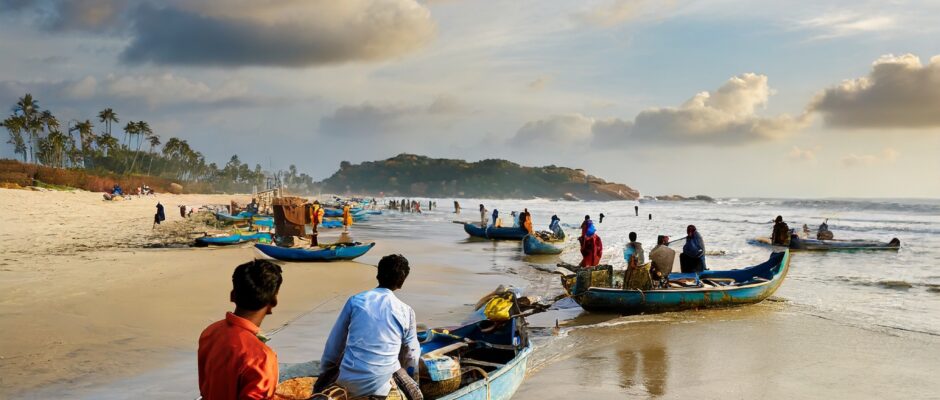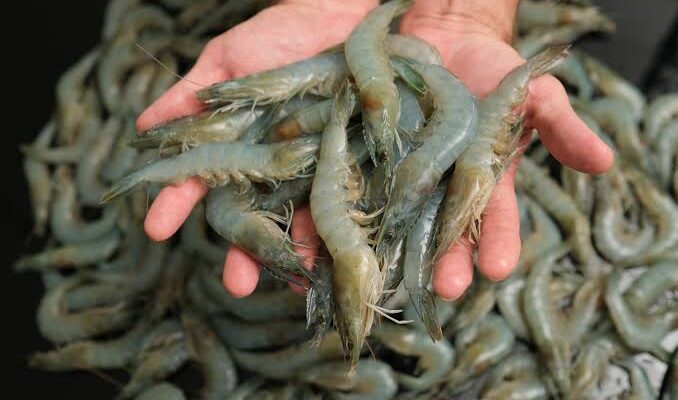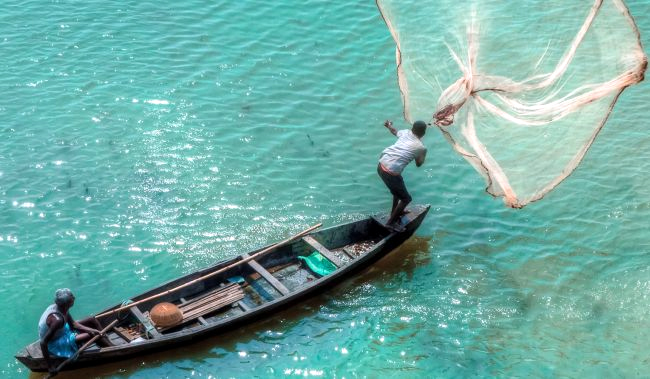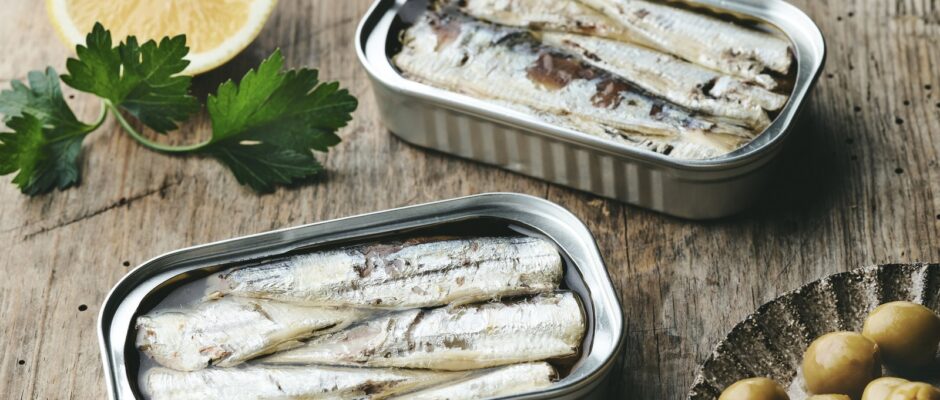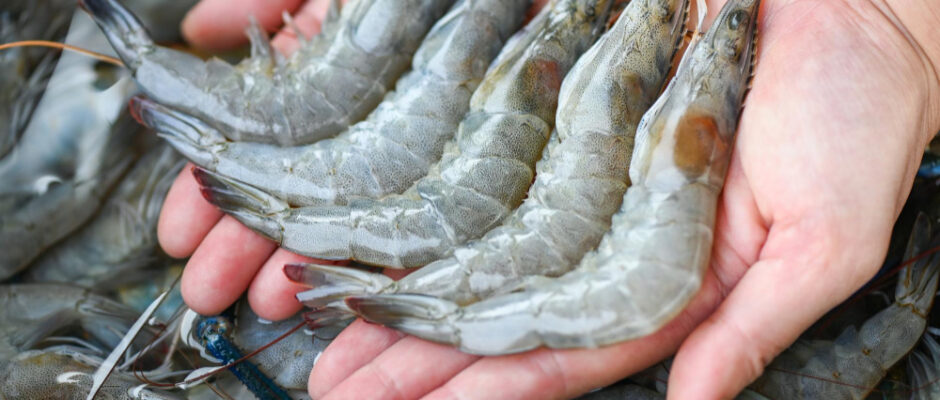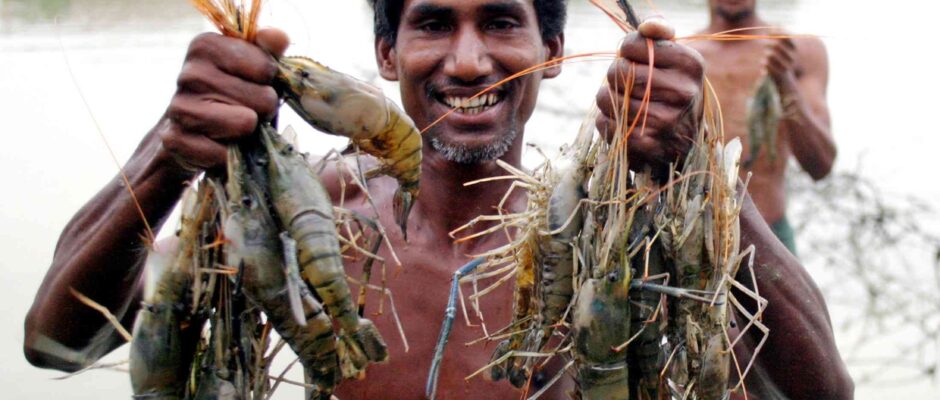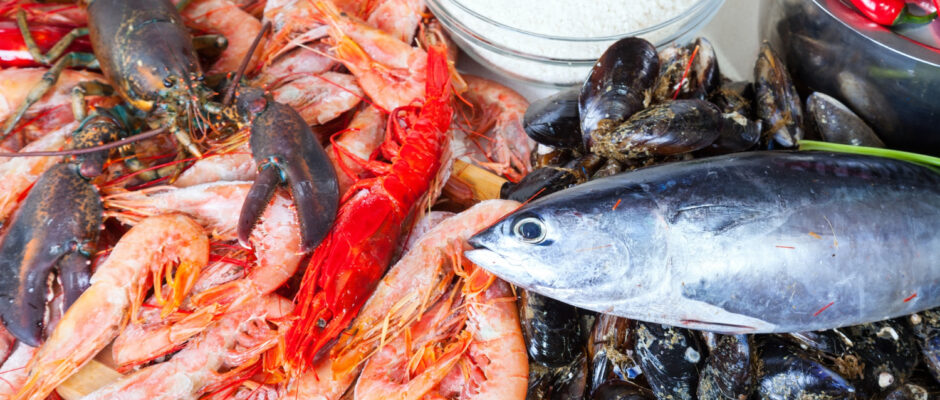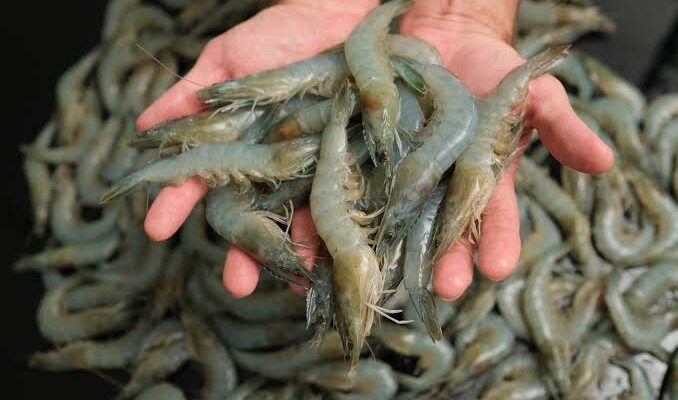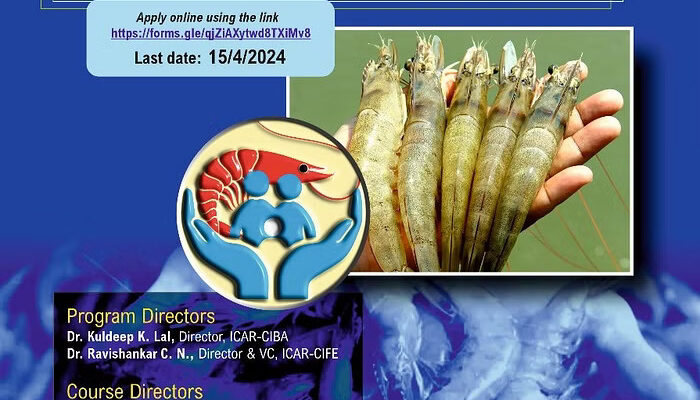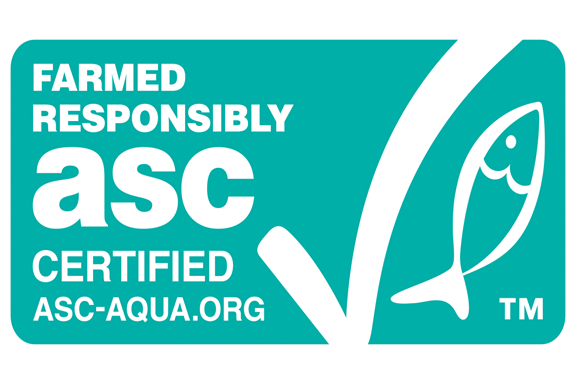US Import Ban on Indian Wild-Caught Shrimp: A $500 Million Loss and Its Impact on Fishermen’s Livelihoods
The United States has imposed a ban on the import of wild-caught shrimp from India, citing concerns over the use of turtle excluder devices (TEDs) in Indian fishing vessels. This move has resulted in a significant loss of approximately $500 million for the Indian seafood industry, with far-reaching consequences for the livelihoods of thousands of fishermen and their families. Background on the US Import Ban The US National Oceanic and Atmospheric Administration (NOAA) has been monitoring the use of TEDs in Indian fishing vessels for some time. TEDs are devices that allow turtles to escape from fishing nets, thereby reducing the bycatch of sea turtles. The US has strict regulations regarding the use of TEDs in fishing vessels, and any country that fails to comply with these regulations can face import bans. Impact on the Indian Seafood Industry The US import ban on Indian wild-caught shrimp has had a devastating impact on the Indian seafood industry. The US is one of the largest markets for Indian seafood, and the ban has resulted in a significant loss of revenue for Indian exporters. According to industry estimates, the ban has resulted in a loss of approximately $500 million, which is a significant blow to the Indian seafood industry. Impact on Fishermen’s Livelihoods The US import ban on Indian wild-caught shrimp has also had a significant impact on the livelihoods of thousands of fishermen and their families. Many fishermen in India rely on the export of wild-caught shrimp to the US as a major source of income. The ban has resulted in a significant reduction in their income, making it difficult for them to support their families. Efforts to Address the Issue The Indian government and the seafood industry have been working together to address the issue of the US import ban on Indian wild-caught shrimp. The government has been in talks with the US authorities to resolve the issue, and the industry has been working to implement measures to ensure compliance with US regulations. Implementation of TEDs One of the key measures being implemented by the Indian seafood industry is the use of TEDs in fishing vessels. The industry has been working to ensure that all fishing vessels are equipped with TEDs, which will help to reduce the bycatch of sea turtles and comply with US regulations. Certification Programs The Indian seafood industry has also been working to implement certification programs that ensure compliance with US regulations. These programs include the Marine Stewardship Council (MSC) certification, which is a globally recognized standard for sustainable fishing practices. Impact on the Environment The US import ban on Indian wild-caught shrimp has also had an impact on the environment. The ban has resulted in a reduction in the amount of wild-caught shrimp being exported to the US, which has helped to reduce the pressure on wild shrimp populations. However, the ban has also resulted in an increase in the amount of farmed shrimp being exported to the US, which has raised concerns about the environmental impact of shrimp farming. Conclusion The US import ban on Indian wild-caught shrimp has had a significant impact on the Indian seafood industry and the livelihoods of thousands of fishermen and their families. The industry has been working to address the issue by implementing measures to ensure compliance with US regulations, including the use of TEDs and certification programs. However, the ban has also raised concerns about the environmental impact of shrimp farming, and the industry must work to ensure that its practices are sustainable and environmentally friendly. Future Outlook The future outlook for the Indian seafood industry is uncertain, and the industry must work to address the challenges posed by the US import ban on Indian wild-caught shrimp. The industry must continue to work to ensure compliance with US regulations, and it must also work to address the environmental concerns raised by the ban. With the right measures in place, the industry can recover from the ban and continue to thrive in the global market. Recommendations Based on the analysis, the following recommendations are made: By implementing these measures, the Indian seafood industry can recover from the US import ban on Indian wild-caught shrimp and continue to thrive in the global market.



